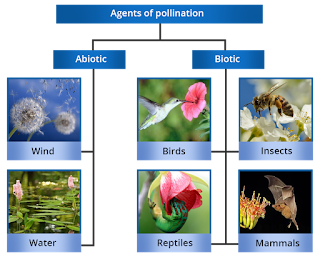In this age of technology, AI (Artificial Intelligence) knows no bounds. Even though it is invoking fear in all of us, it is also benefiting most of us in various ways.
What is AI?
AI is the development of computer systems that can perform activities which require human intelligence like decision making, solving complex problems, etc.
AI in healthcare
Since the introduction of AI, it has impacted various domains such as marketing, finance, gaming industry, music, and art. However, the major impact is on healthcare. AI in healthcare is revolutionising the medical industry by providing a helping hand. It is undeniable that AI is saving lives.
AI in data management
AI helps in implementing cognitive technology to store medical records and perform power diagnosis. For example, it automates the tedious tasks of the user by implementing an automated system that would send SMS, email, etc. The use of AI based chatbot makes things easier.AI in medical diagnosis
AI along with neural networks and deep learning is revolutionising the image diagnosis field in medicine. For example, it has taken over the complex analysis of the MRI scan and made it a simpler process.
AI in early detection
AI helps in the early prediction of medical conditions such as heart attack. AI based wearables such as Fitbit, Apple smart watch, etc. act as health trackers. They have been developed to monitor the health of a person and display warnings when devices collect unusual or unlikely data.
These smart watches collect data like heart rate, sleep cycle, breathing rate, blood pressure, etc. which are processed and analysed using machine learning and deep learning to create a model which helps in prediction of risk.
AI in medical assistance
AI based virtual nurses are developed to provide self-care and clinical advices, schedule an appointment, etc.
AI in decision making
The AI plays a major role in decision making by studying user needs and evaluating any potential risk.
The use of surgical robots can minimise errors, variations, and eventually help in increasing the efficiency of surgeons. One such surgical robot is da Vinci which allows professional surgeons to implement complex surgeries with better flexibility and control than conventional approaches.
Risk of AI in healthcare
Along with its various benefits, AI also adds potential risks in the field of healthcare. Such threats include false positives/negatives, system errors, unexplainable results, etc. In order to avoid this risk, physicians must seek training in proper usage of AI. Such training must also be incorporated as a standard component of medical education. Hospitals are also encouraged to use AI to ensure proper development, implementation, and monitoring of protocols.
With fast developing technology in this age, the human kind is to largely benefit from AI. We can reap this to the maximum extent if we are cautious about the dangers of it. Visit http://www.aksharaontech.com/blog/ for more such articles. Download akshara app which is for SSLC, X standard CBSE and BSc Nursing students.
– Suchasmita Panigrahi



































